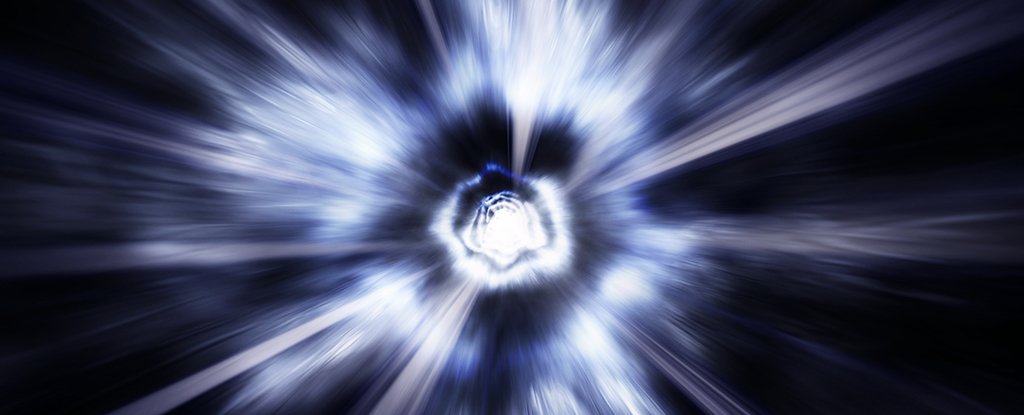Every time you take a step, space itself glows with a soft warmth.
Called the Fulling–Davies–Unruh effect (or sometimes just Unruh effect if you're pushed for time), this eerie glow of radiation emerging from the vacuum is akin to the mysterious Hawking radiation that's thought to surround black holes.
Only in this case, it's the product of acceleration rather than gravity.
Can't feel it? There's a good reason for that. You'd need to move at an impossible speed to sense even the weakest of Unruh rays.
For now, the effect remains a purely theoretical phenomenon, far beyond our ability to measure. But that could soon change, following a discovery by researchers from the University of Waterloo in Canada and the Massachusetts Institute of Technology (MIT).
By going back to basics, they've demonstrated there could be a way to stimulate the Unruh effect so it can be studied directly under less extreme conditions.
In an unexpected twist, they might also have uncovered the secret to turning matter invisible.
The real prize, however, would be breaking new grounds in experiments that aim to unite two powerful but incompatible theories in physics – one that describes how particles behave, the other covering the curving of space and time.
"The theory of general relativity and the theory of quantum mechanics are currently still somewhat at odds, but there has to be a unifying theory that describes how things function in the Universe," says mathematician Achim Kempf from the University of Waterloo.
"We've been looking for a way to unite these two big theories, and this work is helping to move us closer by opening up opportunities for testing new theories against experiments."
The Unruh effect sits right on the boundary of quantum laws and general relativity.
According to quantum physics, an atom sitting all alone in a vacuum would need to wait for an incoming photon to ripple through the electromagnetic field and give its electrons a jiggle before it could consider itself illuminated.
If we consider relativity, there is a way to cheat. Simply by accelerating, an atom could experience the smallest of wobbles in the surrounding electromagnetic field as low-energy photons, transformed by a kind of Doppler effect.
This interaction between the relative experience of waves in a quantum field and the jiggle of an atom's electrons relies on a shared timing in their frequencies. Any quantum effects that don't rely on timing are usually ignored, given on paper they tend to balance out in the long run.
Together with colleagues Vivishek Sudhir and Barbara Soda, Kempf showed that when an atom is accelerated, these usually negligible conditions become far more significant, and can actually take over as dominant effects.
By tickling an atom in just the right way, such as by using a powerful laser, they showed it's possible to make use of these alternative interactions to make moving atoms experience the Unruh effect without the need for large accelerations.
As a bonus, the team also found that given the right trajectory, an accelerating atom might turn transparent to incoming light, effectively suppressing its ability to absorb or emit certain photons.
Sci-fi applications aside, by identifying ways to influence an accelerating atom's ability to engage with ripples in a vacuum, it's possible we might be able to come up with new ways to find where quantum physics and general relativity give way to a new theoretical framework.
"For over 40 years, experiments have been hindered by an inability to explore the interface of quantum mechanics and gravity," says Sudhir, a physicist from MIT.
"We have here a viable option to explore this interface in a laboratory setting. If we can figure out some of these big questions, it could change everything."
This research was published in Physical Review Letters.
- Mutton, Karlston and spAzz
-

 3
3



Recommended Comments
There are no comments to display.
Join the conversation
You can post now and register later. If you have an account, sign in now to post with your account.
Note: Your post will require moderator approval before it will be visible.